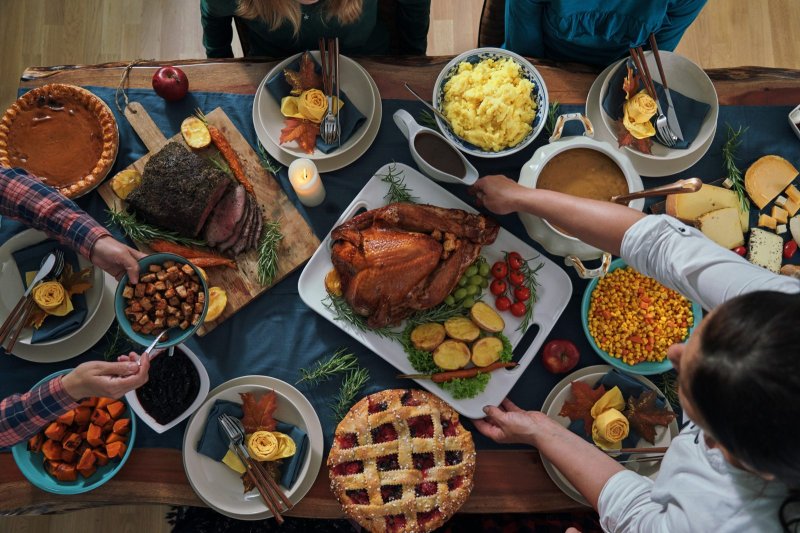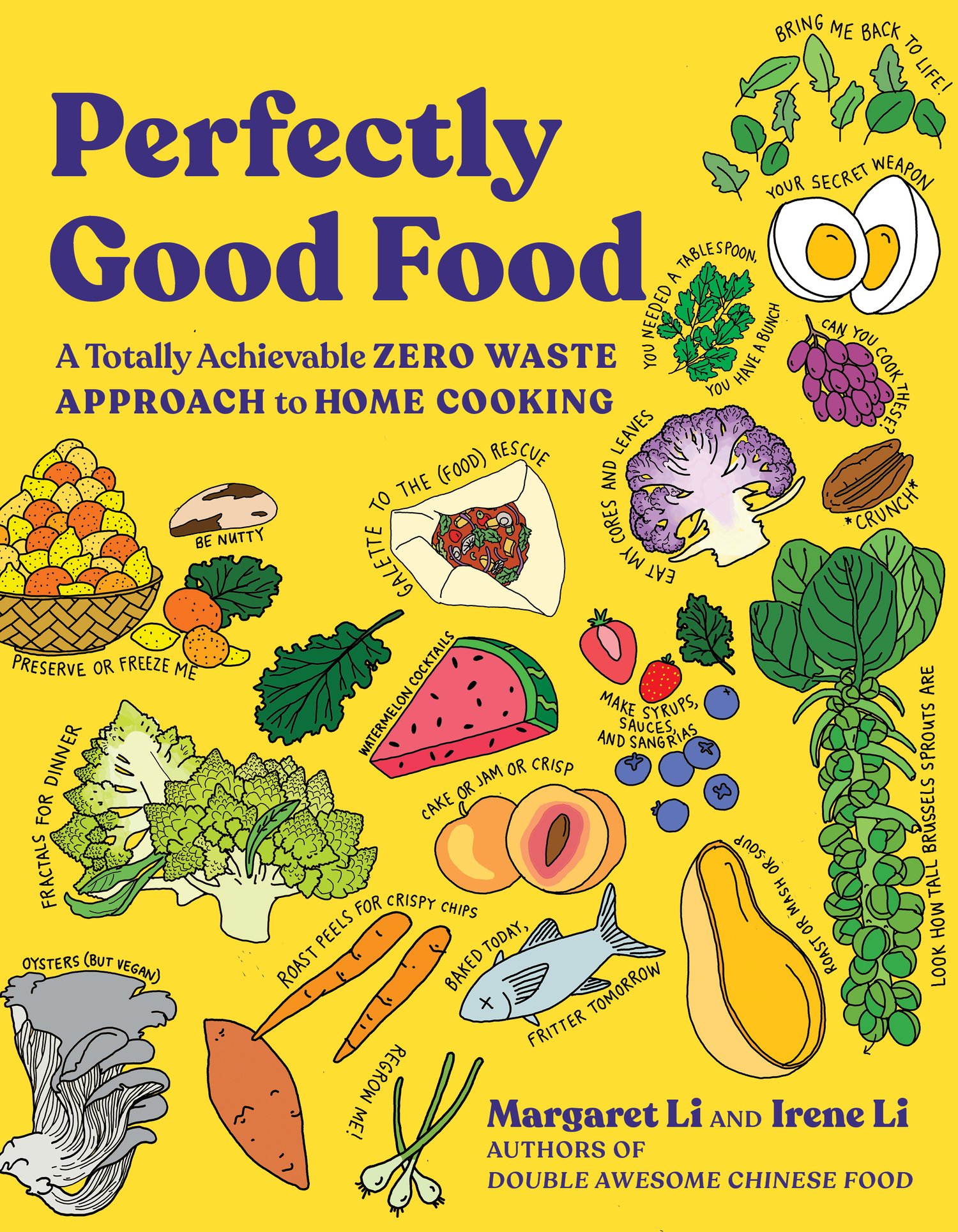
Ingredients:
1/4 C extra-virgin olive oil
1 large onion or another allium, diced
3 carrots, diced
About 2 C chopped mushrooms of your choice (or more, you can really use as many as you like)
4 to 6 garlic cloves, chopped
2 T tomato paste or ketchup
2 T soy sauce
1/2 C dry red wine
3 C diced vegetables, from broccoli to celery to eggplant
4 cups chopped tomatoes (fresh or canned is fine!) or tomato sauce or a combo
1 C stock, milk, or water
Kosher salt and fresh ground pepper
1 to 2 tsp sugar (optional)
Instructions:
Heat oil in a large heavy-bottomed pot, such as a Dutch oven, over medium-high heat. Add the onion, carrots, and mushrooms and cook, covered, until the mushrooms release their liquid, about 5 minutes. Remove the lid and continue to cook until the vegetables are softened and starting to brown, about 10 minutes. Stir in the garlic, tomato paste, and soy sauce into the vegetables and let cook until the mixture starts to darken and caramelize on the bottom of the pan, 2 to 4 minutes.
Add the wine to the pan and use a wooden spoon to scrape up the browned bits from the bottom of the pan and stir them into the vegetables. Let the mixture cook for a minute or two, then add in the remaining vegetables, tomatoes, and stock or water. Season with salt and pepper, reduce the heat to medium-low, and cover. Cook for at least 20 minutes, until all the vegetables are tender, or leave it to simmer on the stove (or in a slow cooker) and make your kitchen smell amazing for an hour or more.
Taste again and season with more salt and pepper, and possibly a teaspoon of sugar or two, if you feel the sauce could use a bit more sweetness. Store leftovers in an airtight container for up to a week or in the freezer for a few months.
If you would like to be notified when we share new recipes, be sure to scroll to the bottom, provide your email address, check the box confirming you are not a robot, click on a few photos to prove it and click subscribe! You will then receive an email after each new post. Remember, we're always looking for new recipes, so keep sending them to ecopact@fspa.org
Story:
Buying seasonal produce is great for nutrition, for farmers and the planet. Without good planning, leftover food often can often be on the verge of going in the trash. This "All the Veggies" Bolognese-sauce from "fills the kitchen with tantalizing smells AND helps clear the fridge of random produce. It is pictured above and on their Food Waste Feast website.
Households in the US produce 37% of the food waste in the country. Other high-income countries add their share. This is not only financially unsound, but contributes to climate change! And we can address it!
Project Drawdown is one of the world’s leading resources for climate solutions. They report that “roughly 1/3 of the world’s food is never eaten. Reducing loss and waste can reduce the need for land and resources used to produce food as well as the greenhouse gases released in the process.” They continue: “Shifting diets to eat lower on the food chain and ensuring what’s grown gets eaten is a powerful combination that lowers farming inputs, land clearing and associated emissions.” It also greatly serves the 10% plus of our brothers and sisters experiencing food insecurity in the US and can alleviate hunger globally.
Take a look at our own kitchens. Siblings Mei and Irene Li wrote a cookbook subtitled: “A Totally Achievable Approach to Zero Food Waste”. They were recently interviewed on WPR’s "Food Fridays" and they offer recipes and practical habits for reducing waste and our carbon footprint.
"How you like it Savory Pancakes"is a Li sisters’ recipe for using leftovers similar to our April 24, 2023 post for Japanese Okanomiyaki. It is based on the Japanese concept of mottainai, an expression of regret that something has been not used to its full potential, loosely translated to “What a waste!” Sounds like a Franciscan value!
- Look up “Hero Recipes” from their book "Perfectly Good Food" that use tasty combinations of leftover fruits, vegetables and other foods in your kitchen. Find the book in your local library. (Yes, Winding Rivers in the La Crosse area.)
- Check out their website "Food Waste Feast" for more recipes for using up dairy, meats, seafood, eggs, bread and grains, fruit, fresh herbs, beans, veg, etc.
- Use good meal planning and shopping skills. “Failing to plan is planning to …?”
- Practice good pantry habits. Rotate first purchased or older cooked foods to the front of the shelf (First In, First Out-FIFO) to prevent gems from being lost out of sight until the nose finds them!
- Create a “Use ME First” box or front section of your fridge where half a tomato, part of a pear, etc. can more easily be added to a sauce, dressing, stir fry, soup, smoothies, popsicles, egg rolls, slaw or other salad.
- Make an effort to “swap” leftovers with a friend or neighbor.
- Keep scraps from veggies in a freezer bag and create flavorful stock.
- Make your own compost pile or partner with a gardener neighbor.
Small steps are part of the journey, say Li and Mai. “Zero waste is an idea and an inspiration, not a state of being. Small mindful changes can make a big difference, and all of it adds up to saving more food, more money, and more landfill space.”
It’s more than joining the “clean your plate” club. With information and mindful choices, we can make a difference.
Food WASTE is different from Food LOSS: Food WASTE happens at the end of the food chain and is an issue mostly in wealthy contries. Food waste is food produced for human consumption but then discarded or not consumed by humans in households, restaurants, and cafeterias or discarded by retailers. Cutting global food waste in half by 2030 is one of the UN's top priorities. The World Food Program USA offers us ways to reduce food WASTE.
Food LOSS happens at the production, post-harvest and processing stages of the food chain. It is a huge issue in underdeveloped and developing countries. For example, Africa's small-scale farmers lose up to 40% of all the food they harvest due to severe weather, rats, insects or mold. Watch how the UN World Food Program helps small farmers (mostly women) reduce food LOSS. Solutions such as education on drying grains and providing air-tight food storage containers are making a difference!





